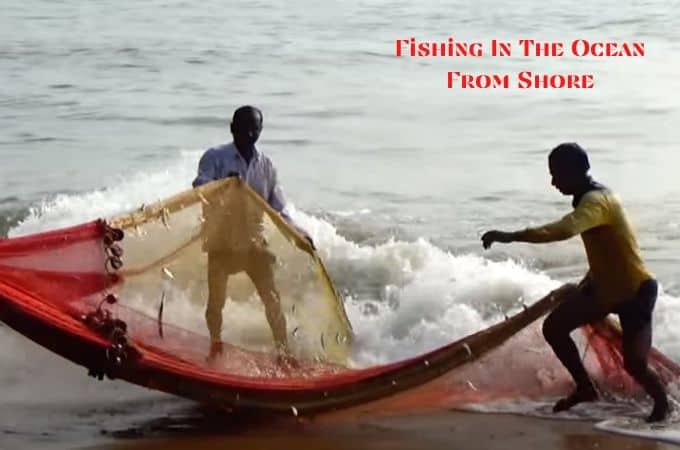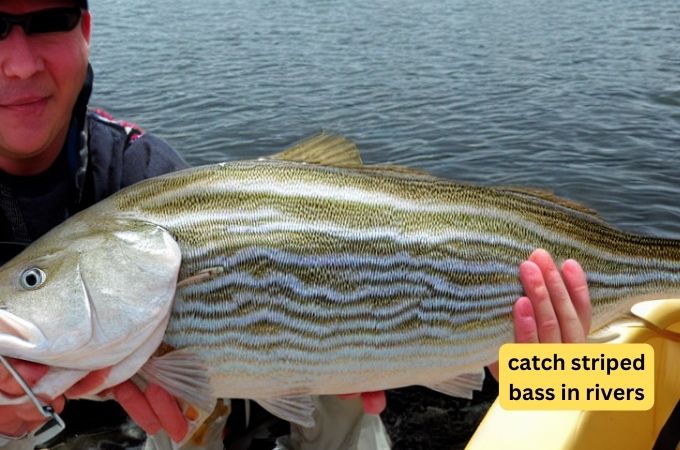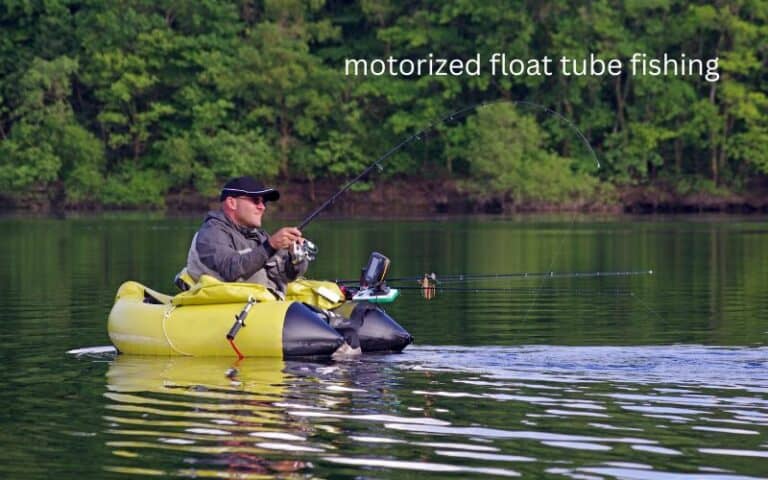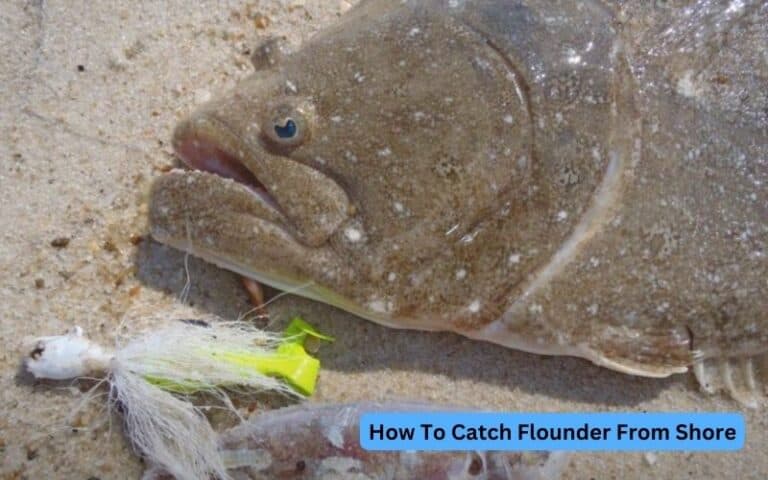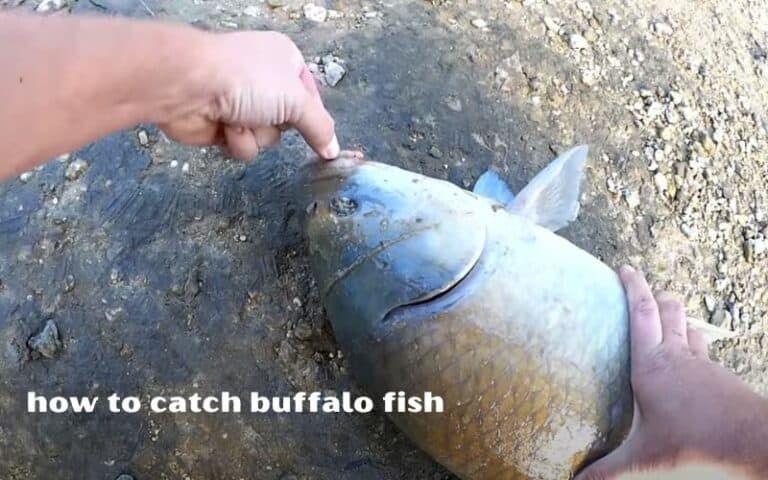Fishing In The Ocean From Shore-Guide For Anglers
Today we discuss Fishing In The Ocean From Shore. It is not necessary to have a boat to enjoy your fishing in the ocean hobby. Shores are also now one of the popular fishing destinations because of the easy access, snag-free fishing, and multitude of different species. If you have recently picked up the fishing hobby and are curious about where to begin, then this is the ultimate fishing in the ocean from shore guide you need right now!
Even though at first you may believe that fishing from the shore restricts you since you are casting from land, however, to be honest, you can actually catch a surprising variety of fish from the shore, including Mackerel and Rockfish! The most common fishes you can catch from the shore are species of flatfish such as flounder, plaice, dab, and sole, and ray fish such as thornback rays, blonde rays, small-eyed rays, and stingrays. You can also catch cod, bass, pouting, whiting, and silver eels.
The equipment needed for fishing in the ocean from the shore:
There are a wide variety of products in the fishing market and a lot of new products come out almost every day. However, you do not need most of this to start. If you are a beginner then the best option is to start with really cheap deals and see if you actually enjoy fishing! Otherwise, it might be a waste because a lot of people do not enjoy fishing as it is a game of patience.
Here is a checklist you can use:
- Fishing rod and reel
- Tackle&Bait
- Cast net
- Spare spool of line, such as for making rigs
- A bucket to keep the catches
- A disgorger or small long-nosed plier
- A cloth to wipe your hands or hold spiky fish
- A small first aid kit.
- Fishing license
- Umbrella or rain gear
- Sunscreen and sunglasses
Fishing from the shore is an easy method of fishing and can be learned easily. For that, the most important thing you have to keep in mind is to change your tactics depending on the location, seasons, tides, weather, and fish type. If you are a newbie then starting with the basics is a great way to begin your fishing hobby.
If you are already determined to go further with fishing on the shore, then there are a few tips for you to keep in mind while fishing.
Surfcasting:
It is a lot like regular casting and if you are new, it is essential to understand how to surf cast. Proper surf cast emphasis on the distance and accuracy to land the bait in the surf. The trick is to learn the exact speed and power you need to perfect both distance and accuracy while casting. For a beginner, you can start with the basic overhand cast. Hold the rod in your hand, bend your arm up to a 90-degree angle and flick out the pole and straighten your arm to launch the bait. That’s it, congratulation! now you have learned how to overhand cast!
Learn to read the beach:
Different tactics will help you target specific fish species by using different baits or fishing at different times of the year. It is essential to learn all the tactics and to read the beach to find a good fishing spot.
Seasons that are in your favor:
Spring and fall are the best seasons to catch fish that are in migration. It is when all types of fish migrations are the strongest.
Choosing the day:
Overcast and rainy days can maximize your chance by minimizing the shadows from your line making the bait more appealing. But it is also important to keep in mind that your safety comes first. So, it is important to always keep an eye on the weather all the time and be prepared to seek shelter in case of an unexpected weather turn or thunderstorm.
For catching a quality amount of fish you can also choose the high tides. During the high tide at dawn or dusk, more fish come in to feed especially certain types that prefer low tide. The prime time can be around an hour on either side of the best tide for better fishing.
Casting on high tide does not mean you will not get fish on low tide. Some fish prefer low tide and if you can walk out further on the shingle in the shallow sloping beaches you may find a suitable location and more likely cast into deeper water and find some good catch.
Bay to ocean transitions:
Fish like to hang out near the passes, cuts, tips, points, or capes transitioning from the ocean into the bays, estuaries, and lagoons. Some also like to hang out on either side of the passes. The points of peninsulas and barrier islands are hot spots for fishing from the shore.
Sand bar:
The sand bar can help you figure out where fish could be and let you know whether the fish are behind it chasing the bait or closer to the shore. You will notice that sand bars constantly change with the waves and passing storms. Look carefully at the sand bars when the waves come in and you can locate them by finding the spot where the waves begin to break in.
Outflows or rip currents are breaks in the sand bar where fish often come to feed. You can cast your line there for a good catch. Some of the fish may also feed to the left or right of the outflow, so you may also cast your line to either side of the outflow.
Finding deeper holes:
Find areas with coarse sands and shells as they are more likely to be near deeper holes that hold fish.
Quiet time of the day is the best:
Early time in the morning before the beach activity starts, you can find a good spot and have a nice catch before the beach gets crowded. Or in the late afternoon or evening when the beach usually gets quiet, you can take the advantage of shore fishing.
Using real bait:
Using real bait is an advantage as you will be fishing from the shore by just sitting in one spot and waiting for the fish to come. Real bait such as fresh shrimp is one of the best bait. You can also use crickets to lure the fish for a bucketful of tasty catches.
Our guide can help you establish a foundation for fishing in the ocean from the shore. Perfect fishing conditions are difficult to achieve, but reading the ocean and understanding the difference between a successful fishing day to a disappointing one can have a huge effect when it comes to fishing on the shore. Also, remember that proper gear is important to make your experience easier. And with experience, you will gain knowledge to become a pro fishing angler.
faqs for Fishing In The Ocean From Shore:
We would recommend you go with shrimp. Shrimp is the known as all-purpose bait because they are common in the saltwater environment and attract fish through their scent and movement.
Specifically, we would say dawn or dusk. These are the best time because mostly the weather and tidal movements remain favorable and you can easily find a quiet spot and less crowd or no crowd at all for some nice catch.
You can easily catch different common fishes such as spotted seatrout, snook, croaker, bluefish, founder, ray fish, striped bass, etc from the shoreline.
The deep sea is the best for catching some tasty fish. Look for darker deep-looking waters called gutters, where waves break. They are the place where fish likes to hang out more.
More opportunities also lurk on the rocks, reefs, and wrecks of the sea as often fish goes there to feed or hide from strong ocean currents.
Honestly, you don’t need a large hook size to catch big fish. 2/0 hooks are the best for catching all types of fish including small fish like whiting and pompano and big ones like bluefish, mackerel, fluke, flounder, or redfish!
Shore surfing at night is more rewarding as more fish comes closer to the shore to feed. You can easily catch some hungry fish at night compared to day fishing by luring them with food!
